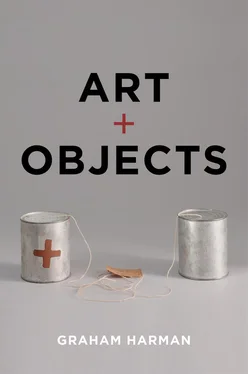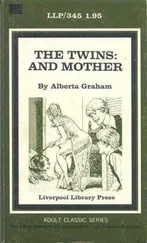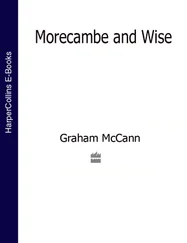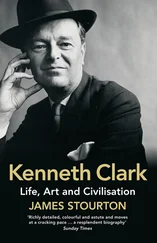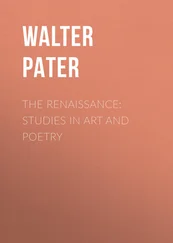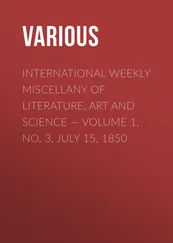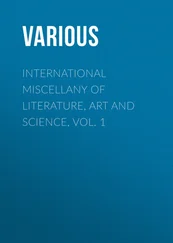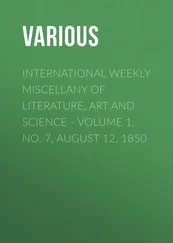A different way of rejecting the thing-in-itself and claiming direct access to the absolute is found in the phenomenology of Husserl. Born in Moravia in what was then the Austro-Hungarian Empire, Husserl’s turn from mathematics to philosophy occurred in Vienna under the tutelage of the charismatic ex-priest Franz Brentano, who was also the teacher of psychoanalyst Sigmund Freud. Brentano’s most famous contribution to philosophy was to revive the medieval concept of intentionality , which does not refer to the “intent” of a human action, as the term often falsely suggests to beginners. Instead, Brentano’s concern was to ask how psychology differs from other sciences. 3What is most characteristic of the mental realm, he claimed, is that every mental act is directed at an object. If we perceive, judge, or love and hate, then we perceive something , judge something , love or hate something . Now, it will immediately be remarked that we sometimes perceive things that are not really there: we hallucinate, make confused misjudgments, or go ethically astray by loving and hating imaginary things. What, then, is the relation between the objects of my mental acts and any “real” objects that might exist beyond them? Brentano gives insufficient guidance on this question. Intentionality, he says, is aimed at immanent objects, meaning objects directly present to the mind, and not – as frequent misreadings hold – at objects that may lie beyond it. Despite Brentano’s Aristotelian heritage through his Catholic background, and his temperamental dislike for German Idealism, his philosophy shows a lingering idealist or at least agnostic attitude toward the outside world.
The numerous talented students of Brentano worked to clarify this cloudy point in his teaching. 4One of the finest efforts in this direction was made by his brilliant Polish disciple Kazimierz Twardowski, in a provocative 1894 thesis entitled On the Content and Object of Presentations . 5The most important claim of this work is that intentional acts are double, aimed both at an object outside the mind and a specific content inside the mind. Though Twardowski was seven years younger than Husserl, he was initially far more advanced than the latter, who had shifted from mathematics to philosophy relatively late in his student career. Indeed, much of Husserl’s early work can be read as a protracted struggle with Twardowski’s doubling of object and content. What worried Husserl is that under this model, there was no way to reconcile the two realms in such a way as to make actual knowledge possible: a variant of the issue that bothered the German Idealists when reading Kant. As Husserl put it at the time, how can there be two Berlins, one of them a content inside the mind and the other an object outside it? In that case, there would be no way for the two Berlins ever to come into contact, and knowledge of Berlin would not be possible. 6
This question led Husserl to his philosophical breakthrough, which amounts to a radical idealism despite repeated denials by his followers even today. His solution, namely, was that Berlin itself is purely immanent : not because it exists merely in the mind, but because there is no important difference between what is in the mind and what is in reality. The thing-in-itself outside thought is for Husserl an absurd notion; there is no object that could not be, at least in principle, the object of an intentional act by some mind. To speak of Berlin is to speak of Berlin itself, not just of a mental Berlin inside my mind. To be the real Berlin is not to be a Berlin-in-itself beyond access for all thought, and to be the Berlin-for-consciousness is not to be a mere mental figment with no objective correlate. Instead, the real Berlin and the Berlin in my mind are one and the same, both occupying the same ontological space. In short, Husserl rejects Kant’s division between noumenal and phenomenal worlds. The major difference between Husserl and Hegel (another famous critic of the thing-in-itself) is that Husserl is far more interested in objects , which – despite being immanent in rational thought – nonetheless have shadowy contours and elusive profiles that must be carefully analyzed. This is why Husserl often feels like a realist adrift in a world of independent objects in a way that is never true of Hegel, even though Husserl rejects the noumena just as decisively as Hegel himself. Philosophy for Husserl must be phenomenology: not – as for Hegel – because we need to describe the various stages through which the thinking subject passes in becoming aware of the world more concretely, but because the phenomenal realm is filled with translucent objects that can only be illuminated through painstaking description. The world is already there before us for rational consideration, with no “absurd” noumenon lying beyond all possible mental access. Like Hegel, Husserl is an idealist and a rationalist; unlike Hegel, he is fascinated by all sorts of specific entities – mailboxes, blackbirds, imaginary battles of centaurs – that can be understood only when their concrete sensual profiles are analyzed and their essential properties sifted from their inessential ones. We will soon see that there is more to Husserl than this. But first, we should speak of his student Heidegger’s effort to challenge and radicalize his phenomenology.
The young Heidegger felt called to philosophy after reading Brentano’s early thesis on the different meanings of “being” in Aristotle. 7He soon learned that Husserl was considered one of Brentano’s leading disciples, and by sheer luck Husserl was called to a professorship at the University of Freiburg in Germany, where Heidegger was already enrolled. A close partnership formed between the two, despite their thirty-year age difference, and Husserl came to regard Heidegger as his intellectual heir. But Husserl’s expectations would be disappointed, since it was not long before Heidegger put an independent spin on phenomenology. We have seen that the phenomenological method involves describing things as they appear to us, carefully sifting the wheat from the chaff so as to discover by intellectual means the essential features of every object in the world, as opposed to their transient silhouettes as perceived by the senses. But in Heidegger’s early Freiburg lecture course Towards the Definition of Philosophy , held when he was aged twenty-nine, his decisive break with Husserl is already visible. 8Our primary way of dealing with the world, Heidegger tells his students, is not through direct consciousness of it as phenomenology holds. For the most part, we deal with things as equipment , meaning that we take them for granted unconsciously rather than encountering them sensually or intellectually. For example, the podium in the lecture hall is something the professor normally does not think about explicitly. We could make the same point about the oxygen in the room or the bodily organs of the professor and students, all of them normally invisible unless some environmental or health disaster leads us to notice them. In short, the phenomenal world that is primary for Husserl first arises for Heidegger from an invisible system of background entities. In most cases these are not directly observed by the mind, but are pre-theoretically relied upon or used. Our life-world is filled with equipment, all of it tacitly understood as useful for further human purposes. With this step, the basic assumption of phenomenology is rejected: it is simply not the case, Heidegger contends, that appearance in our mind is the primary way we encounter the world.
Over the next decade he continued to develop this model, culminating in his 1927 masterpiece Being and Time , regarded by many – myself included – as the most important philosophical work of the twentieth century. 9Here, Heidegger gives an even more detailed version of his tool-analysis. A hammer is usually not noticed, but silently relied upon as it works to help us achieve some more conscious ulterior purpose. It helps us to build a house, and the house in turn assists our aspiration to remain dry and warm, which in turn provides support for more intricate family life and personal health. All the items of equipment in our environment are locked together in a holistic system, so that in a sense there are no individual pieces of equipment at all. This situation of unconscious holism can be disrupted in a number of ways, with the most famous such case occurring when equipment breaks or fails. If the hammer shatters into pieces, is too heavy, or is otherwise ineffective, our attention is suddenly seized by this individual utensil. Only at this late and derivative stage does the hammer finally become an individual phenomenon viewed directly by the mind in Husserl’s sense.
Читать дальше
